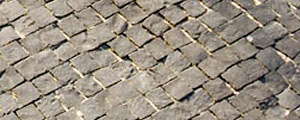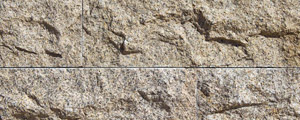Natural stone finishes
Natural stone is quarried from around the world and each piece shows unique character. The extraction site can affect colour and composition, so a limestone from Spain will look quite different than one from Turkey. How the stone is finished will also affect its final appearance. Some finishes can intensify natural colour, others can soften the colour.
Surface finishing also dictates functional characteristics such as durability and slip- resistance. This will determine the appropriate use and placement of a particular product. Polished stone is best for internal flooring, cladding and bench-tops whereas an exfoliated finish provides good slip resistance is ideal for external areas.
This section explains some common finishes. For further help in determining the best finish for your project, see our wide range of samples at our flagship showroom or call us for advice.
Honed natural stone
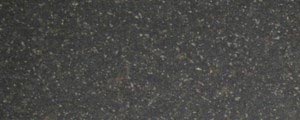
A honed finish is a smooth, even, and non-reflective finish not dissimilar to an eggshell, making it ideal for indoor walls and floors. Honing is done by polishing the stone with a series of increasingly fine abrasives. Beyond Stone can hone to several different grades of finish depending on your requirements.. When compared to textured finishes, honing deepens the colour of the stone and still allows all its unique characteristics still show.
Sandblasted natural stone
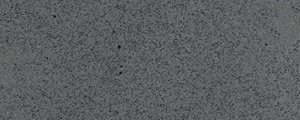
A sandblasted finish creates a finely textured surface ideal for use in traffic-ways. Applying a high-pressure jet of small bullets, this treatment softens the colour and characteristics of the original stone.
Acid washed natural stone
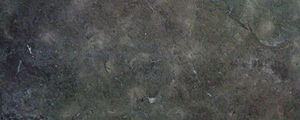
An antique finish gives stone an aged appearance by replicating use and wear. An acid wash is applied to surface of the stone which etches the surface of the stone. This generally dulls the colour of the stone. The surface can then be brushed with mechanical wire bush to make the stone smooth and slightly restore the colour.
Bush hammered stone
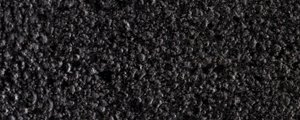
A bush-hammered finished is created with a purpose-built high impact pitting device to engineer an evenly textured surface. The even grazing creates a non-slip surface ideal for high traffic external areas. This finish also lightens the colour and dulls any patterning found in a stone’s natural state. The stone in this picture was wet, to clearly show the effect of the bush-hammered surface.
Cobblestone natural stone
European-style cobblestones are now widely used in external hardscapes. Cobblestones can are suitable for driveways and pathways, or can be used to provide decorative contrast in paving patterns. Generally cobblestones have all natural cut sides, but are also available in exfoliated surface and as fan shaped pattern on matting for easier laying.
Polished natural stone
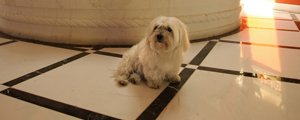
Polishing is the most common and frequently used finish for internal areas. This extremely fine honing process uses polishing abrasives to create a brilliant, reflective quality. Polished surfaces can be used on walls and floors, as well as bench tops and in features.


